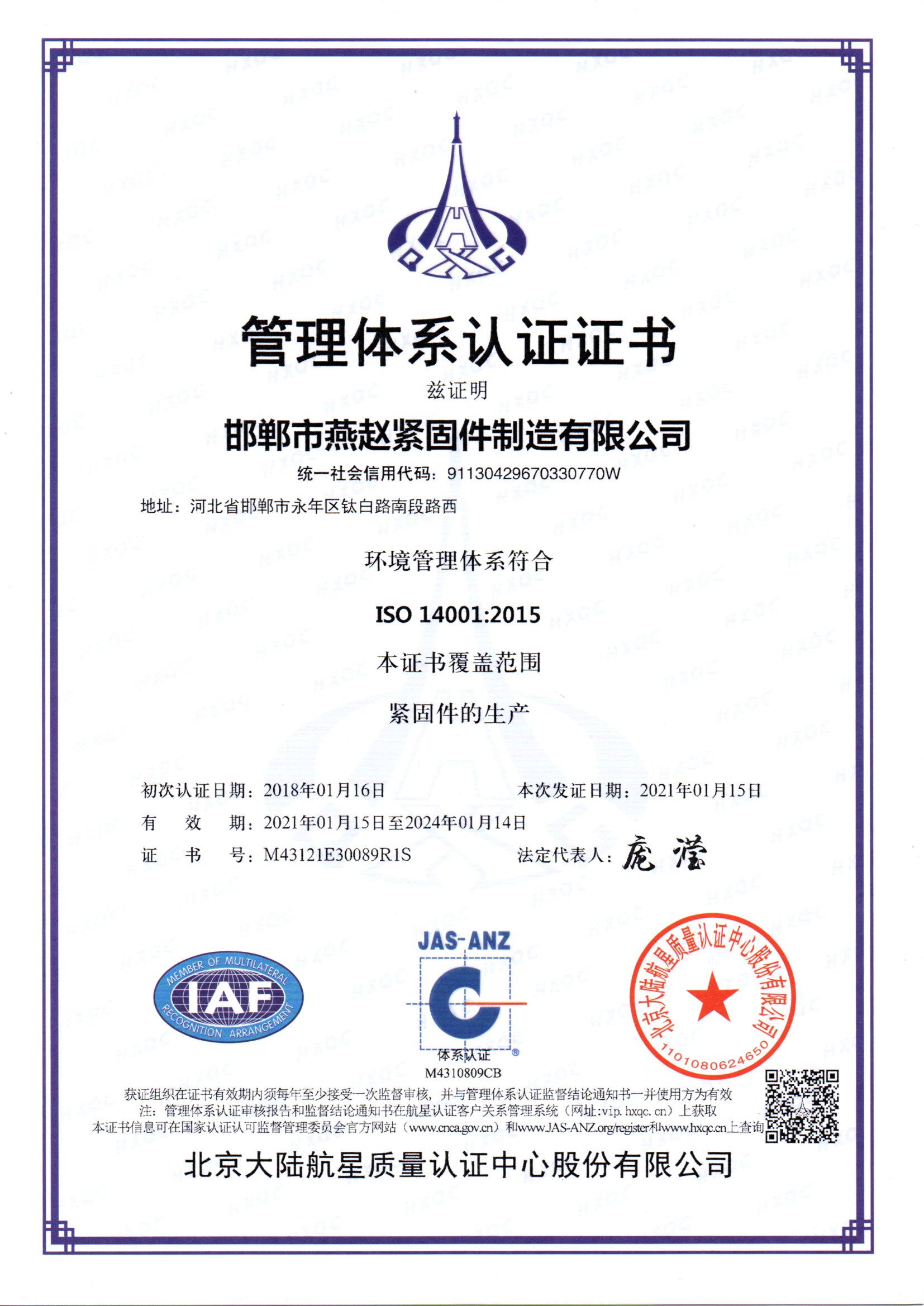High-Quality OEM Steel Wedge Anchors for Secure Construction and Building Applications
Oct . 17, 2024 08:17 Back to list
High-Quality OEM Steel Wedge Anchors for Secure Construction and Building Applications
Understanding OEM Steel Wedge Anchors A Comprehensive Guide
In the world of construction and engineering, fastening systems play a critical role in ensuring the integrity and safety of structures. One such fastening solution is the OEM steel wedge anchor, a popular choice for securing materials to concrete. This article delves into the features, benefits, applications, and considerations surrounding OEM steel wedge anchors.
What are OEM Steel Wedge Anchors?
OEM (Original Equipment Manufacturer) steel wedge anchors are heavy-duty fasteners designed specifically for anchoring into solid concrete. Their unique design includes a steel wedge that expands the anchor when it is driven into a pre-drilled hole, creating a secure and reliable connection. This expansion mechanism is what distinguishes wedge anchors from other types of anchors, providing enhanced holding power in demanding applications.
Features of OEM Steel Wedge Anchors
1. Material Composition Typically manufactured from high-strength steel, OEM wedge anchors are often coated with materials such as zinc or hot-dipped galvanized finishes to provide corrosion resistance. This makes them suitable for use in both indoor and outdoor environments.
2. Thread Design The threaded portion of wedge anchors is meticulously designed for optimal engagement with the nut or fixture being anchored to the concrete. This ensures a strong and durable connection.
3. Load Capacity OEM steel wedge anchors are engineered to support substantial loads, making them ideal for heavy-duty applications. Their load capacities can vary, so it is essential to select the right size based on the requirements of the project.
4. Installation Ease The installation process for wedge anchors is relatively straightforward. After drilling the appropriate hole in concrete, the anchor is inserted and tightened, which causes the wedge to expand and secure the anchor in place.
Benefits of Using OEM Steel Wedge Anchors
1. High Strength and Durability OEM steel wedge anchors are designed to withstand high levels of stress and tension. Their robust construction ensures long-lasting performance, making them suitable for demanding environments.
2. Versatility These anchors are adaptable for use in various applications, including structural steel applications, machinery anchoring, and other general construction purposes. They can attach items as diverse as railings, machinery, and shelving systems to concrete.
3. Cost-Effectiveness While the initial cost of steel wedge anchors may be higher than other fastening options, their durability and load capacity can lead to cost savings in the long run through reduced maintenance and replacement needs.
oem steel wedge anchor

4. Safety Assurance Using OEM steel wedge anchors increases the safety of structures by providing a secure fastening solution. When properly installed, they minimize the risk of failure, which could lead to accidents or structural damage.
Applications of OEM Steel Wedge Anchors
OEM steel wedge anchors find applications across various industries, including
- Construction Used for securing structural components, machinery, and safety rails. - Manufacturing Essential for anchoring equipment and tools necessary for production.
- Infrastructure Employed in highways, bridges, and other public works projects to provide reliable anchor points.
- Residential Projects Useful in home improvement tasks like anchoring shelving, fences, and outdoor structures.
Considerations for Installation
When installing OEM steel wedge anchors, several factors should be considered
- Concrete Condition Ensure the concrete is in good condition without any cracks or deterioration that could affect anchor performance. - Hole Size and Depth The hole must be drilled to the correct size and depth as specified in the anchor's installation instructions to guarantee optimal holding strength.
- Load Requirements Always account for the type of loads (static or dynamic) that the anchor will support when selecting the right size and type of wedge anchor.
Conclusion
In conclusion, OEM steel wedge anchors serve as an essential component in construction and engineering, providing a reliable, high-strength fastening solution for concrete applications. By understanding their features, benefits, and applications, contractors and builders can make informed decisions about the fastening systems they choose to employ, ensuring the safety and success of their projects.
Latest news
-
High-Quality Panel Stud Bolt Reliable Panel Stud Bolt Factory & Suppliers
NewsJul.08,2025
-
High-Precision Fine Thread Locknuts Manufacturer & Supplier Custom Solutions
NewsJul.08,2025
-
PH Imperial Stud Bolt – High Strength Fasteners from Leading Supplier & Factory
NewsJul.07,2025
-
High-Quality Allen Wrench Bolts Leading Factory, Company & Suppliers
NewsJul.07,2025
-
Wholesale Ball Stud Bolt - High Quality Supplier & Factory Price Reliable Wholesale Ball Stud Bolt Company
NewsJul.06,2025
-
High-Strength Alloy Bolts Manufacturer & Supplier Quality Alloy Fasteners Factory
NewsJul.06,2025
